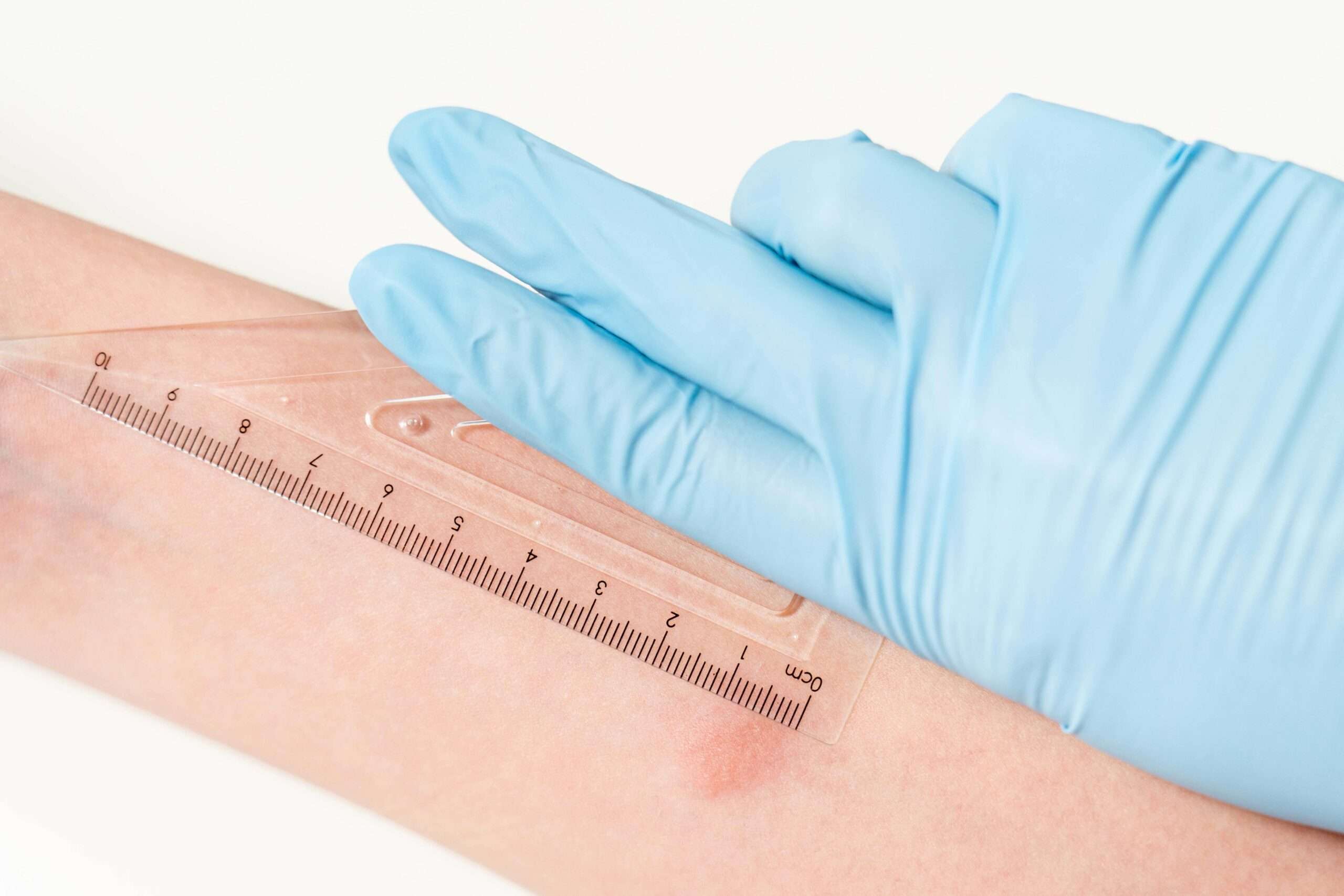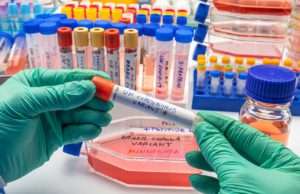Who needs a tuberculosis test?
What are the signs and symptoms to look out for?
Are there different types of tuberculosis?
These are some of the questions we ask ourselves especially when coughing persists for a long period of time. In this blog, we’ve gathered the latest information you should know about tuberculosis (TB) and how you can take care of yourself in the most efficient way available.
Signs and Symptoms
The lungs are the most commonly affected by TB disease. It also has the potential to harm other organs severely. Indications and symptoms of active tuberculosis include:
- Coughing occasionally with sputum or blood
- Chest pains
- Weakness
- Weight loss
- Fever
- Night sweats
When a person with active TB coughs, sneezes, or spits, they spread the TB infection via the air. When a person has tuberculosis, the symptoms could be minor for months. This can cause delays in securing treatment and may further spread the germs to others. Through close contact, a person with undiagnosed and untreated tuberculosis can infect ten to fifteen other people unknowingly.
Types of TB
There are two types of tuberculosis conditions according to the Centers for Disease Control and Prevention (CDC): latent or active TB.
- Latent TB: If you have latent tuberculosis, the bacteria are present in your body but your immune system keeps them from spreading. A latent TB infection does not make you feel sick, does not have symptoms, and you cannot spread the virus. However, the virus is still alive and may resurface at any time.
- Active TB: If you have active TB, the bacteria will thrive and make you sick. You have the capacity to infect people with the disease. Please note that over 85% of active TB infections in adults are caused by latent tuberculosis infection.
Another approach to categorize TB is by the organs that are damaged.
- When bacteria infect the lungs, for example, it causes pulmonary TB.
- If the bacteria infect the bladder, bladder tuberculosis can develop.
- Similarly, it can cause tuberculosis of the spine, often known as Pott’s disease or Potts’s spine.
- Tuberculosis may also affect the skin, the brain, and the heart, among other organs.
TB test results and their meaning
The testing process for TB can be a time-consuming and challenging process. This is because TB can be active in some people and can be latent in others.
Clinical history is the initial stage in diagnosing tuberculosis. The medical professional must be able to evaluate whether the patient’s symptoms are indicative of TB or not. This might be challenging at times since the symptoms are often unclear.
Once a clinical diagnosis of TB has been established, further testing is necessary to confirm the diagnosis. A sputum test for TB may be performed on people with pulmonary TB to test for the bacterium. These days, there are specialized sputum examinations that not only help develop a bacteria but also proliferate it such that it can be discovered by a pathologist.
Testing process
- Mantoux test
A Mantoux test is a TB skin test. A small amount of extract prepared from dead mycobacterium is injected just beneath the skin’s surface in this procedure. This injection causes swelling, redness, and hardness in the injected region.
A positive skin test is when all three of these are present. The test is negative if there is no firmness or redness. A person previously vaccinated with the BCG vaccine may get a false-positive TB skin test result. This diagnosis must be made by someone who is knowledgeable about the Mantoux test and how to interpret it. - Chest X-ray
A chest X-ray is particularly helpful in detecting pulmonary TB. The chest X-ray might, however, appear normal in most cases. Patches in the upper section of the lung might be found in people with active TB and they are an indicator of the disease. Miliary TB has a much wider spread of infection that manifests as many patches throughout the lung fields. - Blood test
TB blood tests are usually performed to assess for further infection. Those who have tuberculosis might also be diagnosed along with a number of conditions. A tuberculosis blood test can help identify the right diagnosis as well as the appropriate treatment for the kind of tuberculosis present. - Ultrasound of the abdomen
An ultrasound scan can be used to see whether there is an infection or other issue in the abdomen. If the liver and other essential organs are impacted by TB, specific alterations may be visible. This is relatively simple to do and can yield a plethora of information because it is a painless examination. - Urine test
The presence of pus cells in the urine is a sign of TB that affects the bladder. A urine culture test, on the other hand, will reveal if there are no germs present. This is known as sterile pyuria and is a symptom of bladder TB.
Who should get tested?
A TB test for employment is usually required for those who are working in commercial and medical fields. It is a requirement that all healthcare professionals must be tested for tuberculosis on a regular basis. A TB test is also required if you have a weak immune system because of medications or illnesses like cancer or HIV.
According to the CDC, the ones that must be tested are those who are at a greater risk of contracting tuberculosis, such as:
- HIV-positive individuals
- People who have been infected with TB microorganisms in the last two years
- Infants and little children
- People who use illegal substances
- People suffering from various illnesses that impair the immune system
- Senior citizens
- People who were previously mistreated for tuberculosis
For persons who have a minimal risk of contracting tuberculosis, TB testing is usually unnecessary.
How often should you get a TB test?
A tuberculin skin test (TST) should be done once or twice a year if you work in health care or are at risk for TB. The skin test identifies if you have TB-causing bacteria in your body. Healthcare workers are required to have TB skin tests regularly for safety.
For employees who are at high risk, you should ask your employer how often you are required to get a tuberculosis test near me. Any medication you’re taking or medical problems you currently have should be disclosed to your doctor.










